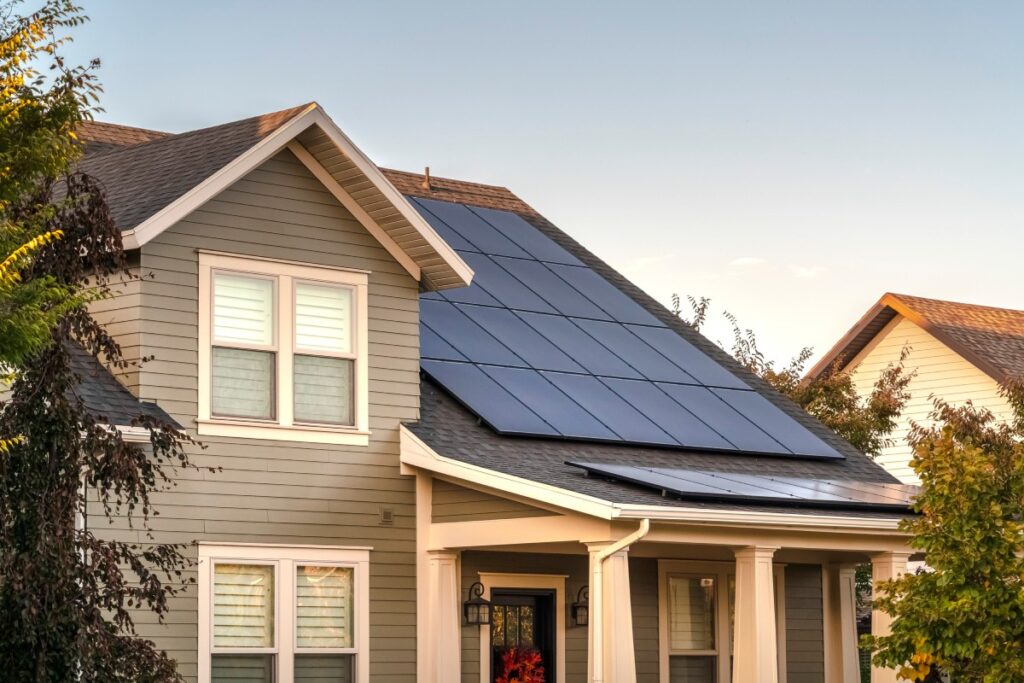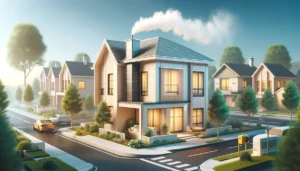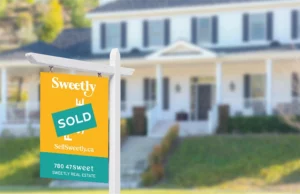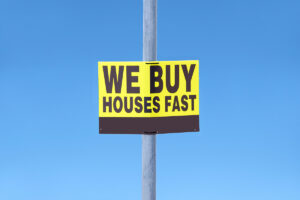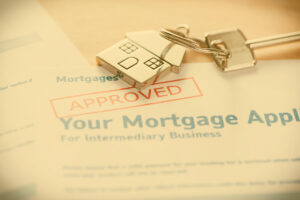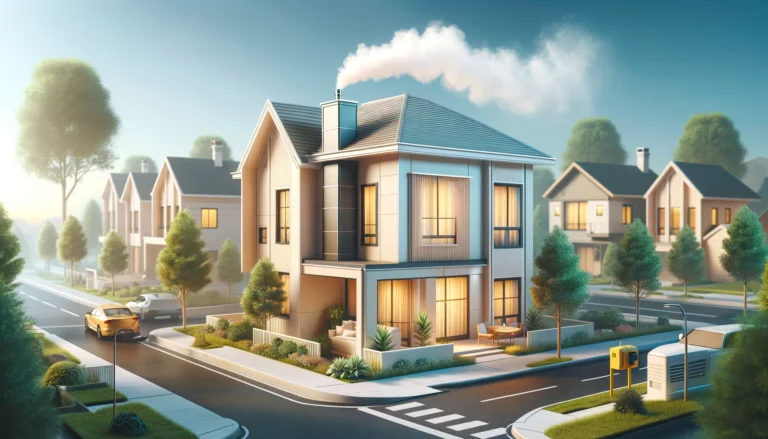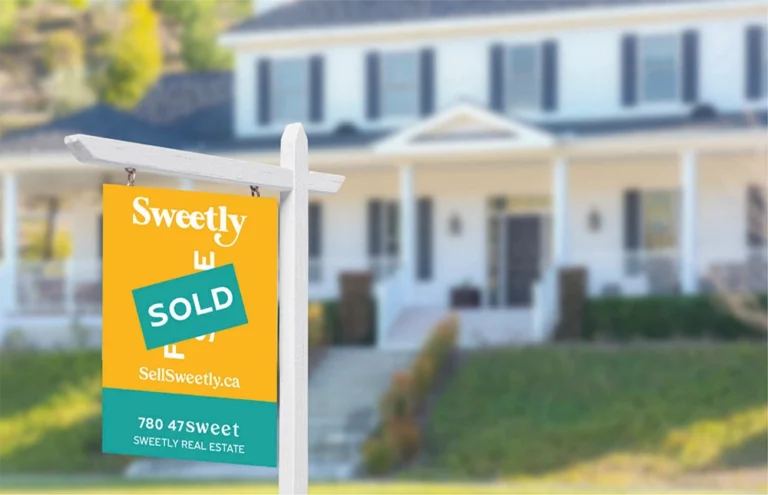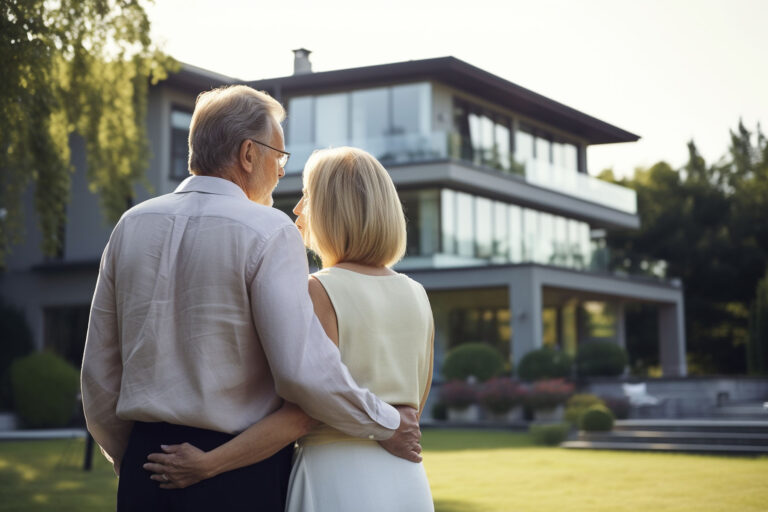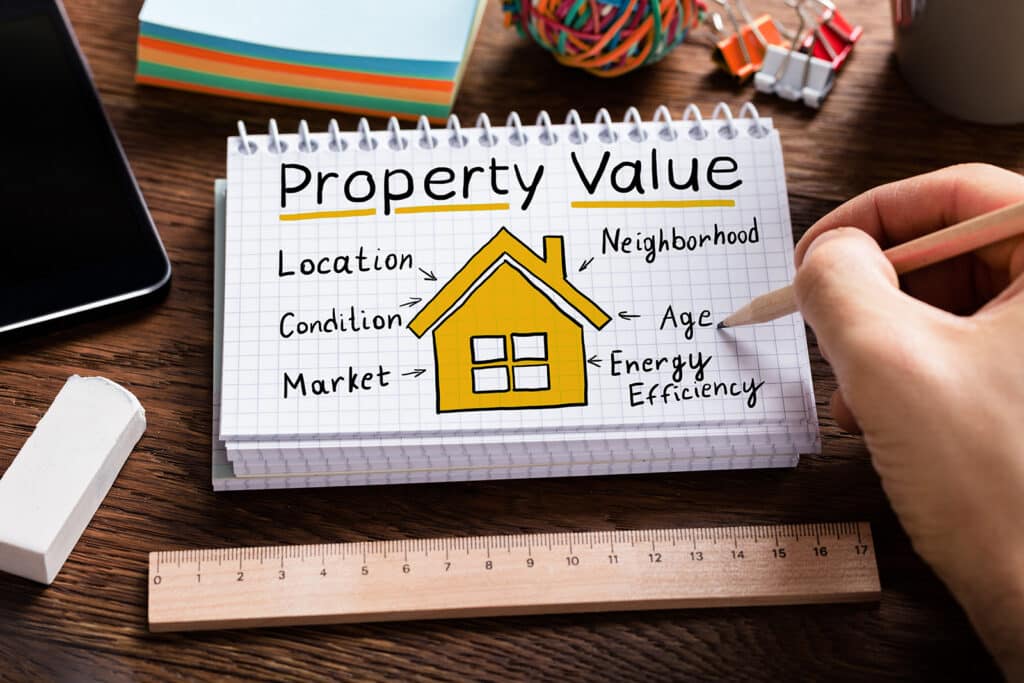Are you looking for the ultimate way to lower your carbon footprint? How about building a green home?
Whether you’re building a home from scratch or renovating with energy efficiency in mind, there are numerous ways that you can build an economical and eco-friendly home.
First up, let’s bust some myths. You may have heard that going green is expensive and not worth your time, effort, or money. Unfortunately, there are various rumours circulating that green materials are hard to come by, cost the earth and aren’t as efficient as their non-eco-friendly counterparts.
All these points are incorrect. Not only is eco-friendly building one of the best investments you can make, but you’ll also have the reassurance that you’re doing your part to protect the environment and create a healthier space for your household to live in.
What are the main benefits of building a green home?
The top reason to build a green home is to achieve a fantastic return on investment in the following areas:
- Low monthly energy costs
- Increased durability of your home
- Boosted property resell value
Let’s look at these points in more detail.
Low monthly energy costs
The focus of a green home is to improve its energy efficiency, so you use less fuel and energy to live comfortably. Reduced heating and cooling bills are just one area of focus, which is achieved through better wall and attic insulation, glazed doors and windows and more efficient heating and cooling systems.
But you’ll also save electricity by using energy-efficient appliances and LED lighting, while reducing your water consumption when you switch to water saving toilets and faucets.
Increased durability of your home
When you build a renovate a home, you’ll want peace of mind that the materials you’re using will stand the test of time and don’t need to be replaced frequently. Committing to green materials means that you’re opting for high-quality goods with a better longevity than the mass-produced assembly line goods you’ll find in cheaper properties. Even if your green materials are more expensive upfront, their increased durability means that they will typically last for many years longer.
Boosted property resell value
When potential buyers look at your home, they want to know that they won’t be living in a money trap. They’ll even be prepared to pay a premium for energy efficiency upgrades that can save money off their monthly bills.
How do you go green when building a house?
At the beginning of your green building project, you’ll need to decide how much of a budget you have. You should also conduct plenty of research to find renewable materials that fall within your budget and that offer value for money.
If you’re building on your own land, then consider going vertical over horizontal – this is because the foundation and roof of your home are two of the most expensive components of your property. By making these smaller, and adding the extra storeys in-between, you’ll improve energy efficiency and reduce your building costs.
Another point to consider is the angle you want your new home to face. Try to point the longest side of your home to the south so you’ll catch the most sunlight and won’t be tempted to crank the heating up.
What are green technologies in construction?
There are endless opportunities to introduce green technologies and solutions into your construction work. Some of these include:
Solar panels
These enable you to generate your own electricity by using solar electricity panels which are also known as photovoltaics. The panels capture energy from the sun’s rays and converts it into usable electricity.
Smart thermostats
Smart thermostats communicate wirelessly with your central heating and air conditioning system and can be programmed to carry out various tasks. For example, you can set them to switch the heat on when you’re close to home, so it’s nice and warm by the time you arrive. Alternatively, your air conditioning will turn on and off based on having a comfortable temperature in your room – this will also help you reduce your energy bills.
Another great feature is that many smart thermostats allow users to control the temperature from their smartphones or tablets.
Smart LED lighting
A LED light is a diode that emits light using a semiconductor. These lights are typically much more energy efficient than incandescent bulbs and can also last a lot longer. LED lights have other benefits too, such as durability, safety, and eco-friendliness.
To make LED lights into smart lights, all you need is a control box. This can be your computer or smartphone networked with other machines. The lighting system is controlled remotely, which helps make the energy use more efficient because it doesn’t waste power by leaving the lights on all day long when no one’s home.
Tankless hot water heating
Unlike conventional tank heaters, tankless water heaters heat water directly without the use of a storage tank. This provides hotter water and saves energy. These are also known as on-demand systems as they heat water only when you need it.
Heat recovery ventilation system
In a Heat Recovery Ventilation system, or HRV, warm air from inside the house is passed through a special filter before being allowed to escape outside. This heat exchanger captures heat energy from the outgoing stale air and transfers it into the fresh incoming outdoor air stream. This provides better thermal comfort and increased energy efficiency, as the incoming fresh air is warmed to meet indoor temperature requirements faster than it would otherwise.
What are the alternative construction methods available for green buildings?
As well as the above technologies and solutions, you can also source some of the greenest construction materials for your eco-friendly home building project. These include:
Eco-friendly insulation
Types of insulation materials that are good for the environment may include: sheep’s wool, cotton, and recycled denim. Sheep’s wool is a good insulation material because it doesn’t absorb moisture and also gets rid of water-soluble salts. Cotton is an organic insulation material that’s durable while denim can be used for household insulation, clothing, bedding, and is also fire resistant.
Reclaimed wood
Reclaimed wood, like regular lumber, is available in a wide variety of species and grades. It often boasts richer texture and character than new wood, giving your home’s design a unique appeal. Hardwoods like old-growth Douglas fir and hemlock are typically reclaimed from warehouses or antique structures and can be used for beams, posts, trusses, and siding as well as fence boards. Softwoods like pine and cedar are often reclaimed from old barns and homes, making them great for flooring or siding. These softer woods can be harvested from buildings that are being demolished, pulled from the demolition debris to be reused.
Recycled steel
Steel is one of the most recycled materials around. One reason for this is that when steel is produced it has already been purified. This means there are no contaminants, which reduces the energy needed during production.
The recycling of used steel is also more energy-efficient than using virgin materials to produce new steel. This is because it takes less energy to refine steel than to refine iron ore, also reducing greenhouse gas production. For example, one tonne of recycled steel saves the emission of between 730 and 1,200 kilograms of carbon dioxide.
Precast concrete
Precast concrete is produced in a factory using quality-controlled materials, so it can be made to certain custom specifications. Precast panels are composed of molds that are often made of wood and then filled with concrete. The individual molds may be reused, but new molds must be built for each project since they must be custom designed.
The advantage of precast concrete is that it can be built by fewer people in a shorter amount of time. It can be cut after it comes out of the mold, too, which means that less concrete is wasted during construction.
Get an evaluation
If you have recently upgraded your home with some of these energy-efficient techniques, you’ll have added thousands to your resell value. Want to know exactly how much your new home is worth? Get an evaluation with Sweetly by contacting us today on 780.477.9338.

